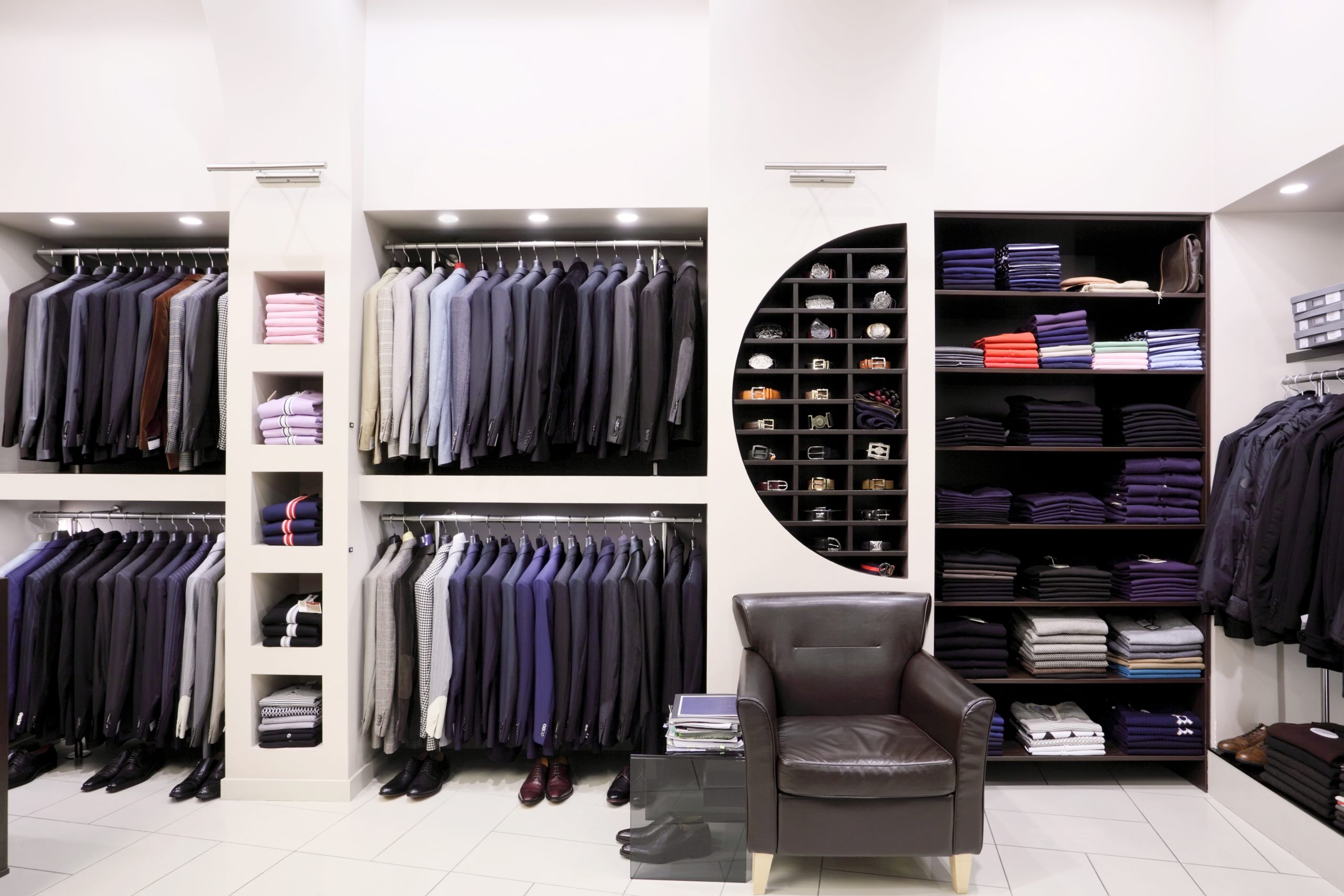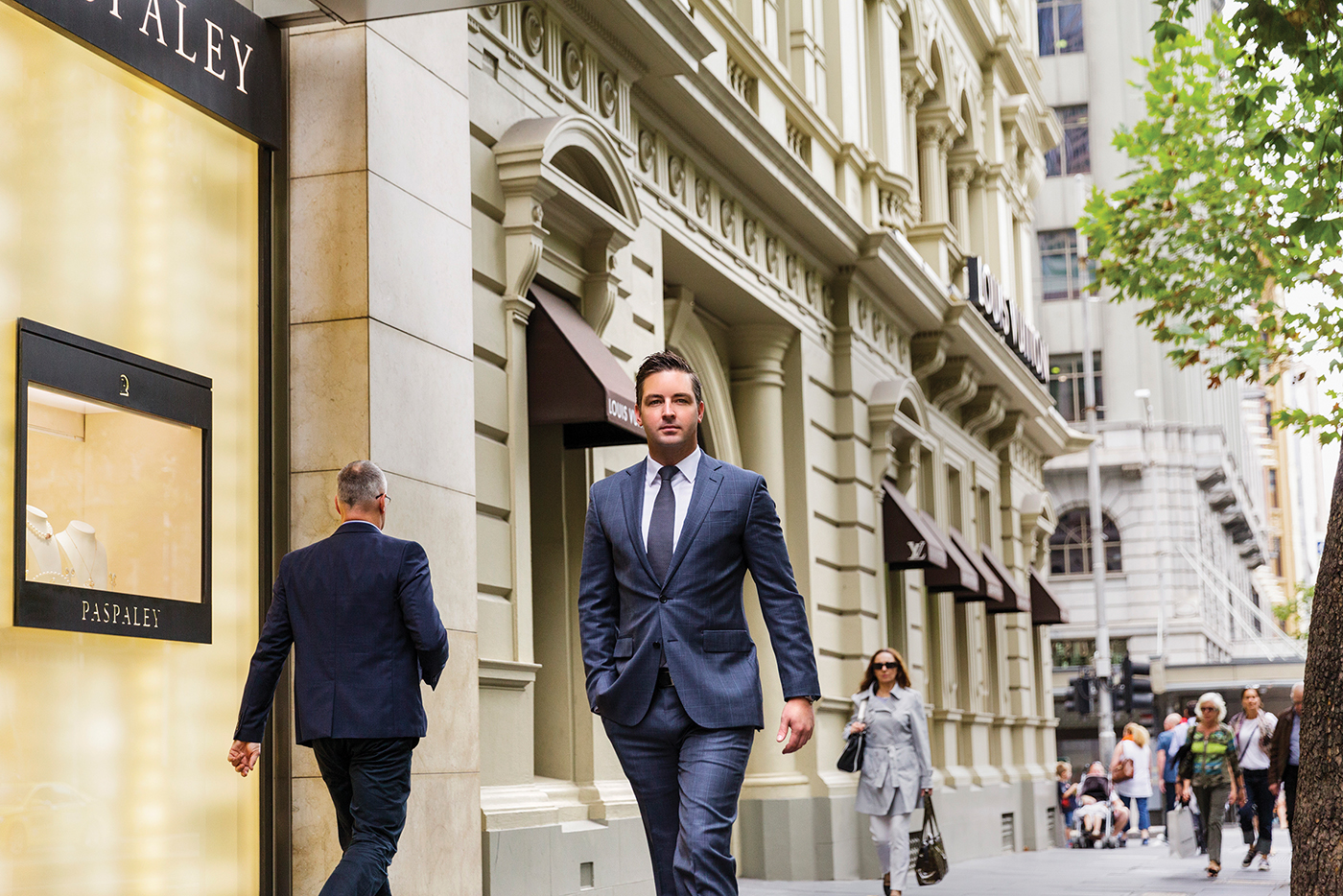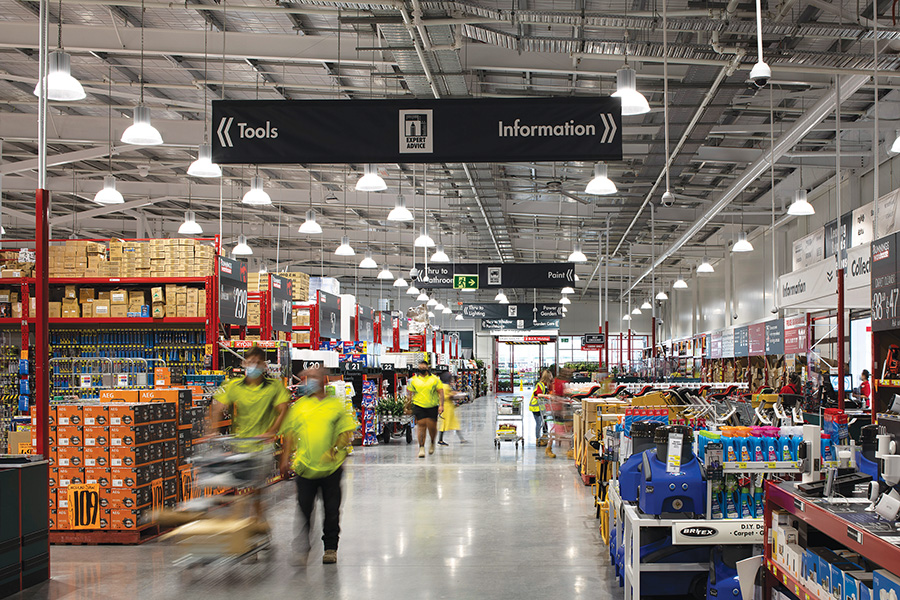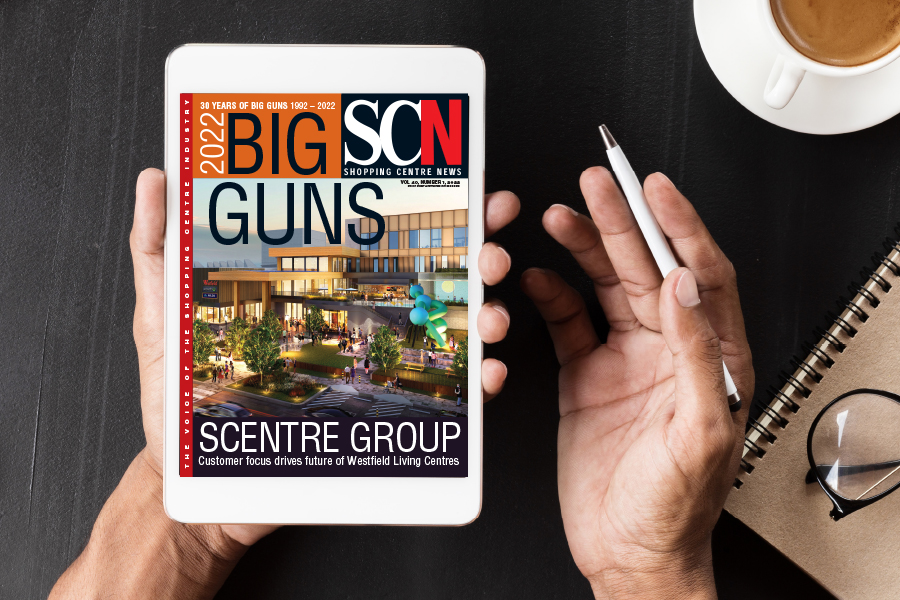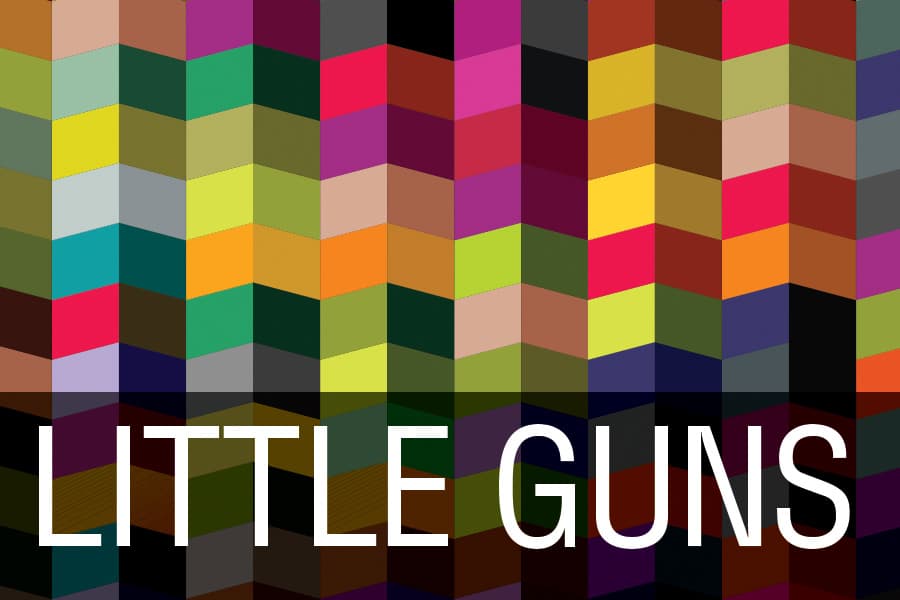Luxury brands are having a ball in Australia and it looks like the band isn’t going to stop playing for a long time. Forecasts are that this sector will grow at an annual rate of 8.5% up to 2020, producing a turnover of some $2.4 billion. Where will they take space? What are the opportunities? Will they come to your centre?
The luxury retail market in Australia and New Zealand experienced more robust growth through 2015, again underpinned by rising household wealth, strong inbound tourism numbers and the commitment from the owners of the world’s luxury brands to expand into both countries.
Luxury was one of the standout retail performers through 2015, and the luxury brands all agree that this is a key growth market for them. On the back of strong inbound tourist numbers from China and South East Asia, Australia and New Zealand have benefited from the strong luxury-spending tourist market.
Coupled with an ever-increasing cruise ship industry, most capitals are witnessing strong growth in this category. In Auckland’s case, there has been double-digit growth over the past three years.
People often confuse luxury and premium retail. Premium retailers are those whose goods we aspire to own and wear. Luxury is retail that the majority of us cannot afford.
If you were to break down the raw location numbers across Australia and New Zealand, there are approximately 45 out of the top 70 global luxury brands here in our marketplace. Of these, 45 active brands currently operate some 245 stores, predominately in the core CBDs of Sydney, Melbourne and Perth, while Auckland and Brisbane are slowly attracting more brands. There is also a sprinkling of brands in most of the major casinos, premium hotels and airports, and some token representation in selected suburban locations like Chadstone in Melbourne, Bondi Junction in Sydney and, soon, part of the multi-million dollar Pacific Fair refurbishment being completed by AMP Capital on the Gold Coast.
Colliers International research has estimated that less than half of all luxury brands in Australia occupy prime CBD retail space, while the balance is spread across casinos, airports, hotels and a small percentage in outlets.
The common denominator for all these locations is the tourist spend. It is the power of the tourist dollar that is driving the expansion of some of the existing brands to increase the size of their footprint, negotiate deals with some of the department stores for new concessions, and bring new brands to the country on the back of the successful trading of some of their existing brands in our markets.
So, where to next? What are the new luxury hotspots for these global brands to set up shop here in Australia and New Zealand, and will they continue to survive on tourist dollars alone?
Luxury brands have previously been concerned about their supply chain and logistical issues in the vast Australian market, however they now have the capacity to effectively service the Australian market. We have become an attractive investment, not only for these luxury brands, but the premium global brands as well.
Despite our relatively small population and the geographic challenges associated with logistics, it is the Australian and New Zealand consumer who is driving the real growth in this category. A strong portion of our population aspires to own premium and luxury brands, and we want the superior in-store experience and the exclusivity of shopping that is associated with this level of retail.
This accessibility to luxury brands will benefit the retail industry as a whole, as the sector is opened up to a wider and younger consumer. IBIS World forecasts that industry revenue will grow at an annualised rate of 8.5% in this category up to 2020, to a total of $2.4 billion dollars.
While the Sydney and Melbourne CBDs command the largest range of luxury brands, Brisbane, Perth and Auckland are emerging markets, as the ‘luxury owners’ look for the next phase of growth. Chadstone has been the standout suburban centre when it comes to luxury retail performance, while others have tried to compete to get the tourist numbers through their doors.
In New South Wales, the only other concentration of luxury brands is Bondi Junction, with limited ability for owners to supply more quality space in this location and sparse tourism numbers to Bondi Junction as a destination. The retail core in Chatswood also aspires to attract luxury brands, but finds itself more of a destination for premium brands that are attracted to Chatswood on the back of its high Asian, particularly Chinese, demographic and the growing western core wealth.
So it continues that Australia’s major CBD markets remain the key focus for these luxury owners. Melbourne has traditionally been the home of most of the brands, with a focus on the eastern ‘Paris’ end of Collins Street. The recent opening of Emporium attracted several new premium brands into Melbourne’s core and, with the launch of St Collins Lane, Melbourne will lead the race again with first-to-market premium brands Sandro, Maje and REISS.
One of the issues facing the Melbourne retail core is its limited supply of quality space on Collins Street. Following Chanel’s move to Russell Street to create their new Melbourne flagship, Bang & Olufsen have continued the trend and followed, thus creating yet another new retail precinct and further splintering the luxury brands.
Sydney, on the other hand, has matured as a luxury destination for the time being. Traditionally, luxury brands have aligned themselves with the upmarket David Jones department store along Castlereagh Street towards Martin Place. But growth in the number of brands in the Sydney market has necessitated new precincts to open up along King Street, Martin Place and now George Street.
When Westfield completely refurbished their Pitt and Market Street site in 2010, it absorbed a lot of quality luxury space and complemented the existing Castlereagh Street luxury precinct with no fewer than 12 exciting brands and some new to market.
When LVMH decided to make a bold Sydney CBD statement with LV Maison, they chose the corner of George and King Streets and set about creating yet another core retail precinct in Sydney. The success of the Louis Vuitton flagship store in Sydney is well documented, to the point where many brands are now looking to establish their true Australian flagship stores and are seeking high-profile George Street addresses. The new multi-million dollar upgrade and pedestrian-friendly George Street project is also an influential factor.
Several high-profile developments are planned for George Street over the next few years, and all have taken advantage of this demand for quality high-profile space from luxury brands. In fact, Sydney as a world city is vastly under-represented by many of the world’s leading brands, and we expect the number of luxury brands in Sydney will treble over the next 10 years.
Philip Corne, the CEO for Louis Vuitton in Australia and New Zealand, commented that “since the depreciation of the Australian dollar at the end of 2014, a sophisticated and savvy local market has felt the positive impact of increasing tourist arrivals from Asia and, in particular, China. Both Sydney and Melbourne are increasingly recognised as truly global cities, presenting opportunities for both luxury and premium brands to grow their stable of brands.”
So, how much more luxury can the Australian market absorb? More importantly, how many more Cartier and Hermès stores can we open before the market is saturated?
The debate over luxury as an exclusive part of suburban centres’ retail mix will be determined by saturation. While there are good examples of luxury working well in larger suburban malls alongside the likes of David Jones and Myer, such as in the Chadstone model, there will be big challenges for most of the mainstream luxury brands to accept that Australian suburban malls can survive with luxury as part of the mix. The CBDs, department store concessions, upmarket hotels, airports and tourist hubs, such as The Rocks and Pacific Fair, will always attract these brands, with their affordability setting them apart from mainstream retail destinations.
Whatever the outlook, the Australian consumer will be the winner over the next 10 years as more of the world’s greatest luxury brands arrive on our shores for everyone to enjoy. SCN


